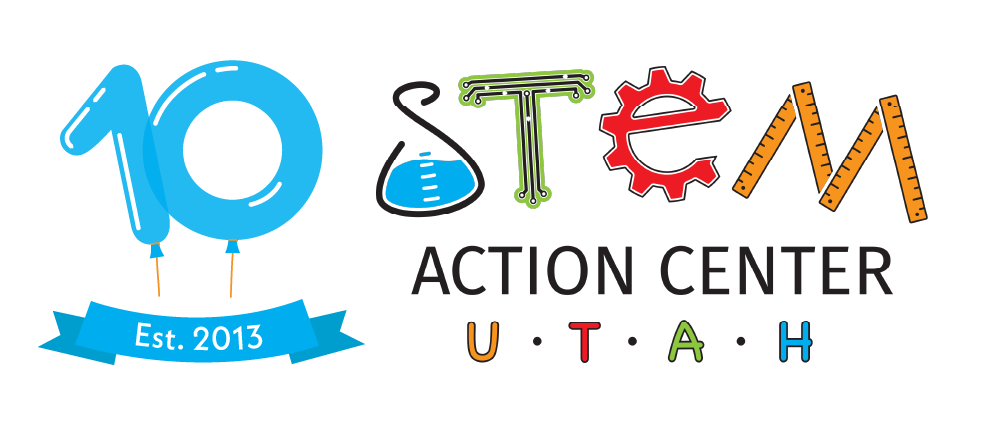Materials
- Colanders (1 per group)
- Rubber bands
- Toothpicks
- Various fabrics
- Scissors
- String
- Small figurine (for testing)
Introduction
Ask students what happens when an object hits a bouncy surface? What about when it hits a hard surface? Why do some objects bounce, and others don’t? Explain that whether an object bounces is based on elasticity – that is, whether the object or surface can compress and then redirect energy as movement. When a bouncy ball hits concrete, the kinetic energy is transformed into sound, friction, and then redirected as more kinetic energy. The same thing happens when a person hits a trampoline – some of the kinetic energy is lost on impact, and the rest turns back into kinetic energy, which propels the person back up into the air.
Explain that today, students are going to create a device that makes their figurine bounce as high as possible – meaning that as much kinetic energy is preserved as possible!
Activity
- Pass the materials out to small groups or pairs of students, and ask them which materials they think will conserve the most kinetic energy. What do they notice about the materials?
- Show the students how to feed a rubber band through one of the holes in the colander, and then secure it on the inside or outside by securing it with a rubber band. Explain that they are going to need to decide how to connect their trampolines so that the bouncy surface area is inside or on top of the colander. They can accomplish this however they would like.
- Before allowing students to start experimenting, have them sketch, write, or discuss their prototype designs. Once students have at least one prototype plan, have them start testing and improving their designs.
- After each round of testing, ask students to assess their designs. Were they effective in conserving energy? Did the designs work as expected, and if not, why not? Encourage students to improve their designs, write down their findings, or even try new designs.
- After several rounds of testing, compare the design from each group, and track how high the figurine bounces. Ask students what the best way to track this data is. Which designs work best? Why? What do those designs have in common, and what is different about them?
- If time allows, have students invent another device, and compare it to their first design.
- Which designs worked the best? Which ones were the least effective? Why?
- How might those solutions work if we used them at a larger scale – for instance, as a human-sized trampoline? What would need to be changed? What could stay the same?

